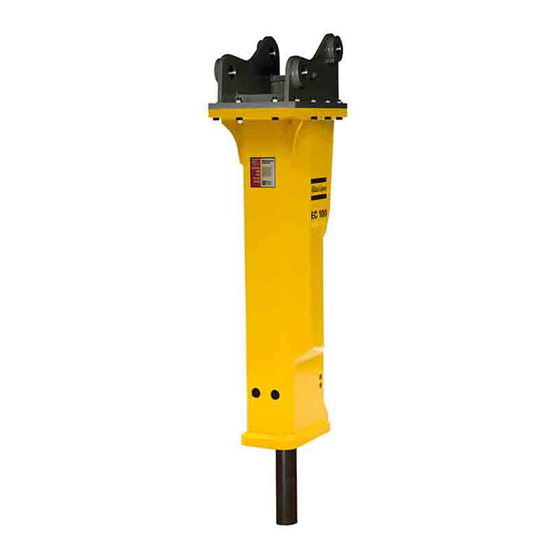
Epiroc EC Series Safety And Operating Instructions Manual
Hydraulic breaker
Hide thumbs
Also See for EC Series:
- Safety and operating instructions manual (28 pages) ,
- Safety and operating instructions manual (64 pages)










Need help?
Do you have a question about the EC Series and is the answer not in the manual?
Questions and answers